Did you know that some historians trace Valentine’s Day back to the rowdy Roman festival of Lupercalia, where men dressed in goatskins and ran through the streets in fertility rites? Fast-forward to medieval Europe, and we find aristocrats composing elaborate love poems, cementing the holiday’s romantic flair. Today, over 27 billion dollars1 are spent annually on this occasion in the United States alone, revealing how the holiday has morphed from whispered verses of courtly love into a mega-commercial affair.
In the spirit of Valentine’s Day, here are six non-fiction works that investigate the deeper layers of love—its historical roots, cultural evolution, and philosophical complexities. Whether you’re curious about the holiday’s medieval foundations or intrigued by its modern, commercialized form, these books offer perspectives that move well beyond typical heart-shaped confections.
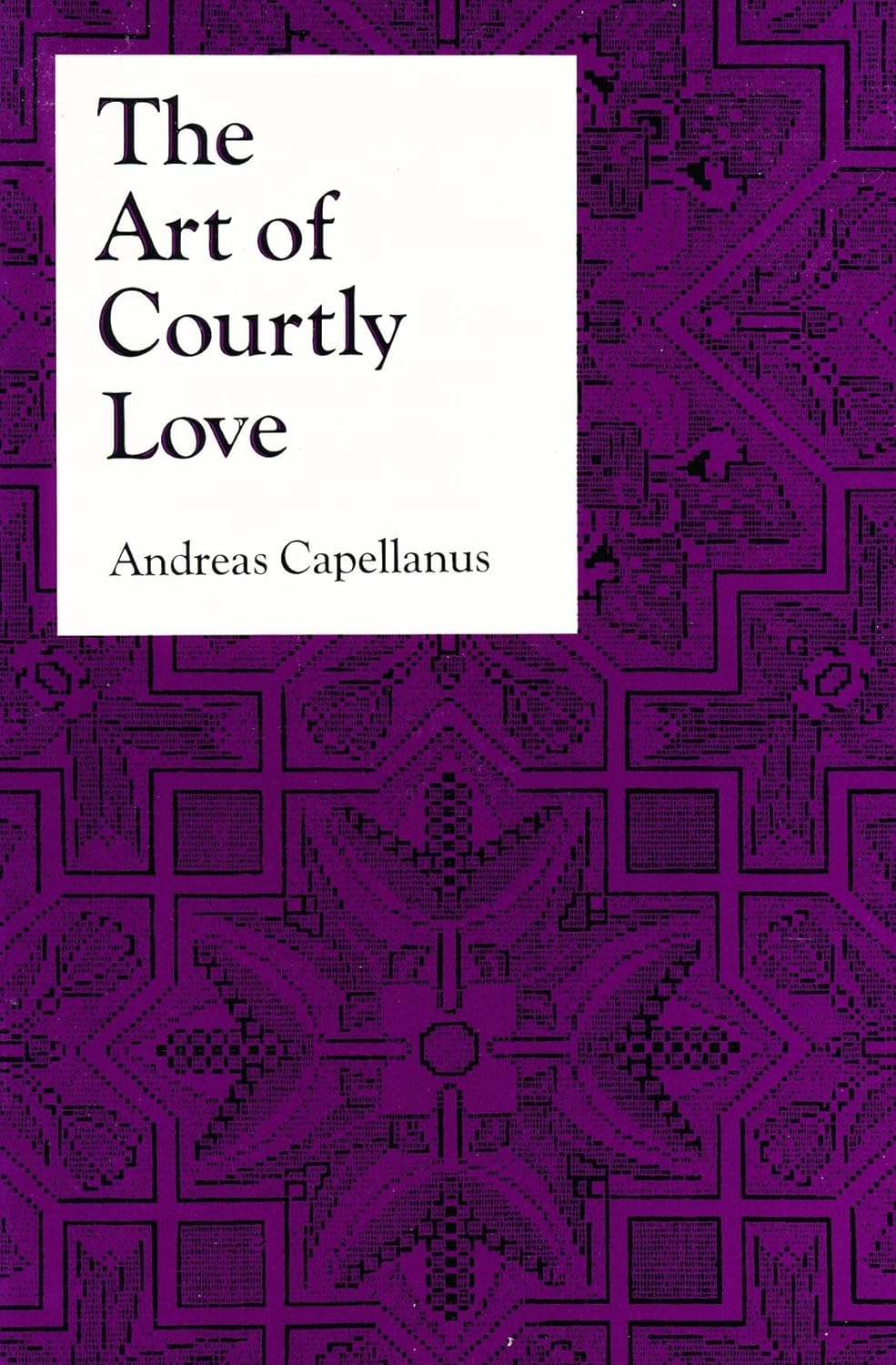
The Art of Courtly Love by Andreas Capellanus (12th Century)
A seminal medieval text that laid out the codes of chivalric love, influencing how Western culture idealizes romance to this day.
Originally circulated among the nobility, this Latin treatise sets forth “rules” for knights and ladies, including proper courtship conduct and poetic declarations of devotion. Its formalized approach to love resonates in many modern Valentine’s traditions, from elaborate proposals to symbolic tokens of affection.
Why It Matters: Many of our contemporary romantic rituals—public displays of adoration, poetic love letters—have roots in the lofty ideals captured by Capellanus.
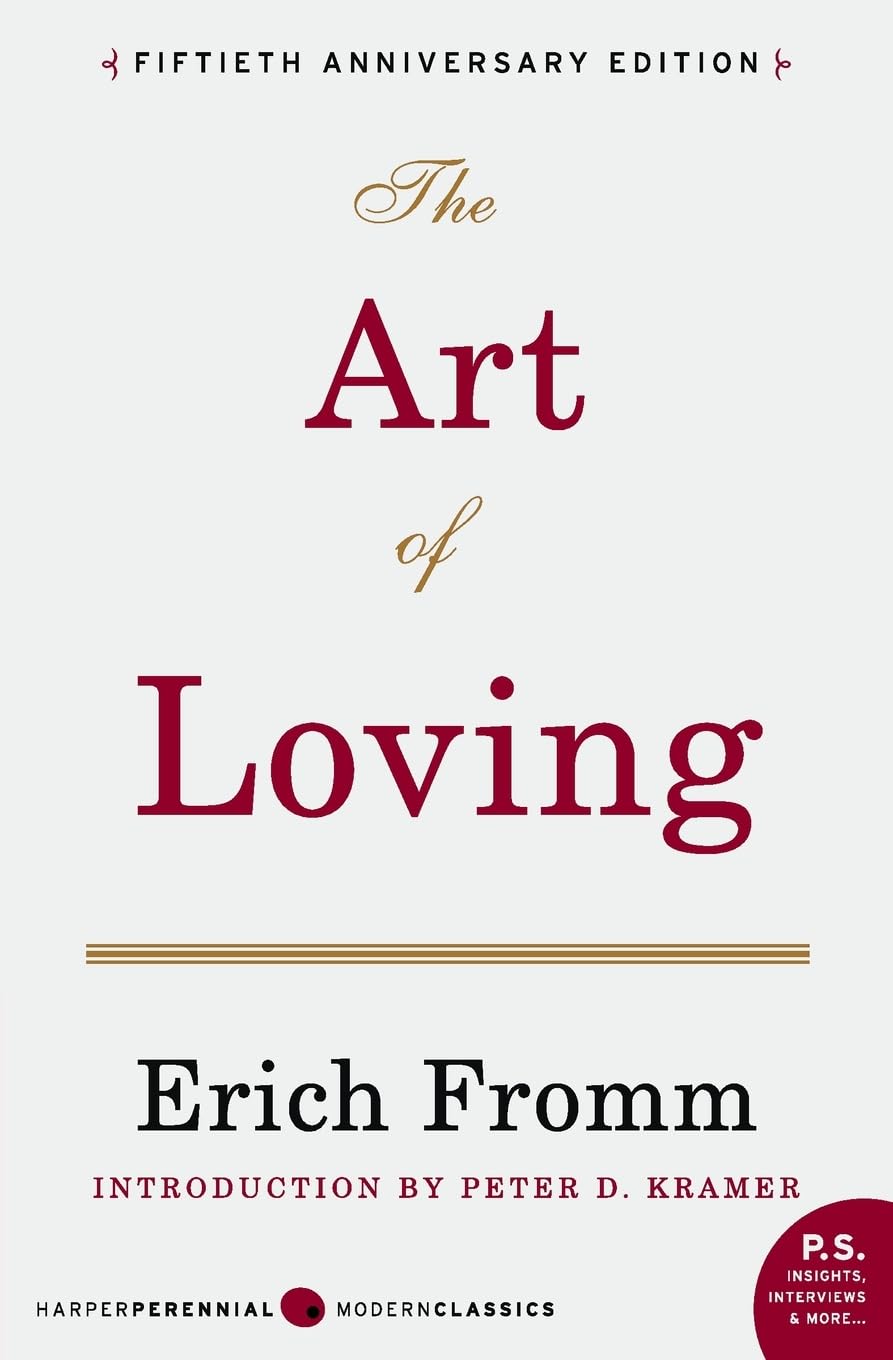
The Art of Loving by Erich Fromm (1956)
A psycho-philosophical classic arguing that love is an art—one that requires knowledge, discipline, and practice.
Fromm dissects various forms of love—romantic, fraternal, parental, and self-love—suggesting that true intimacy thrives on understanding and responsible care. He also cautions against viewing love as a quick emotional fix, emphasizing the work required to sustain meaningful connections.
Why It Matters: In a season dominated by commercial tokens of love, Fromm’s analysis offers a deeper look at how genuine affection develops through commitment and self-awareness.
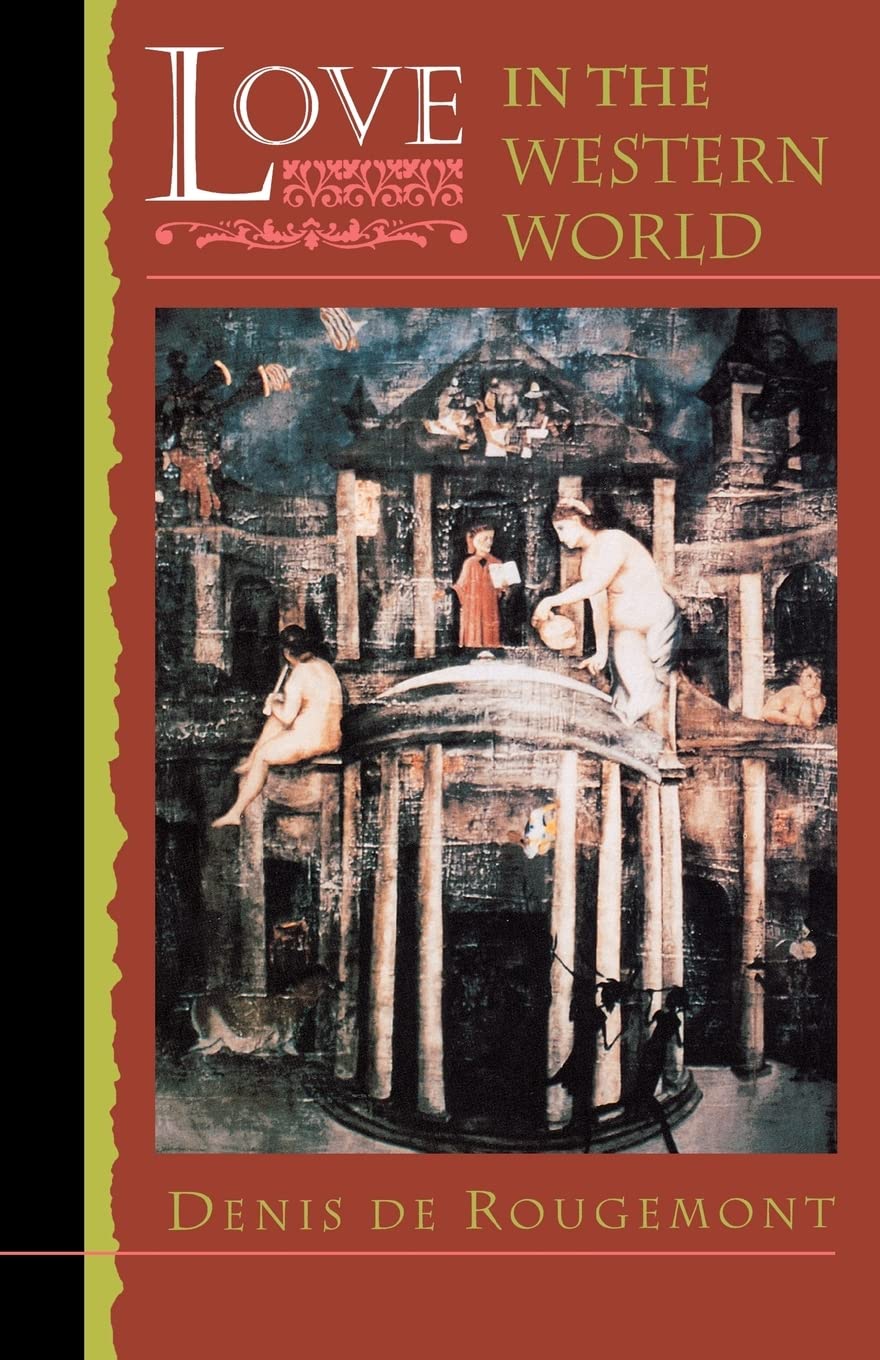
Love in the Western World by Denis de Rougemont (1939)
An in-depth exploration of how Western traditions came to fixate on passionate, sometimes tragic, romantic love—tracing it from medieval legends to modern culture.
De Rougemont argues that tales like Tristan and Iseult forged a cultural blueprint where love is both exalted and marked by longing or despair. This dynamic, he suggests, permeates Western literature and influences how we continue to perceive high-stakes romance.
Why It Matters: If you’ve ever wondered why so many love stories revolve around yearning and heartbreak, de Rougemont provides a historical framework to understand that enduring fascination.
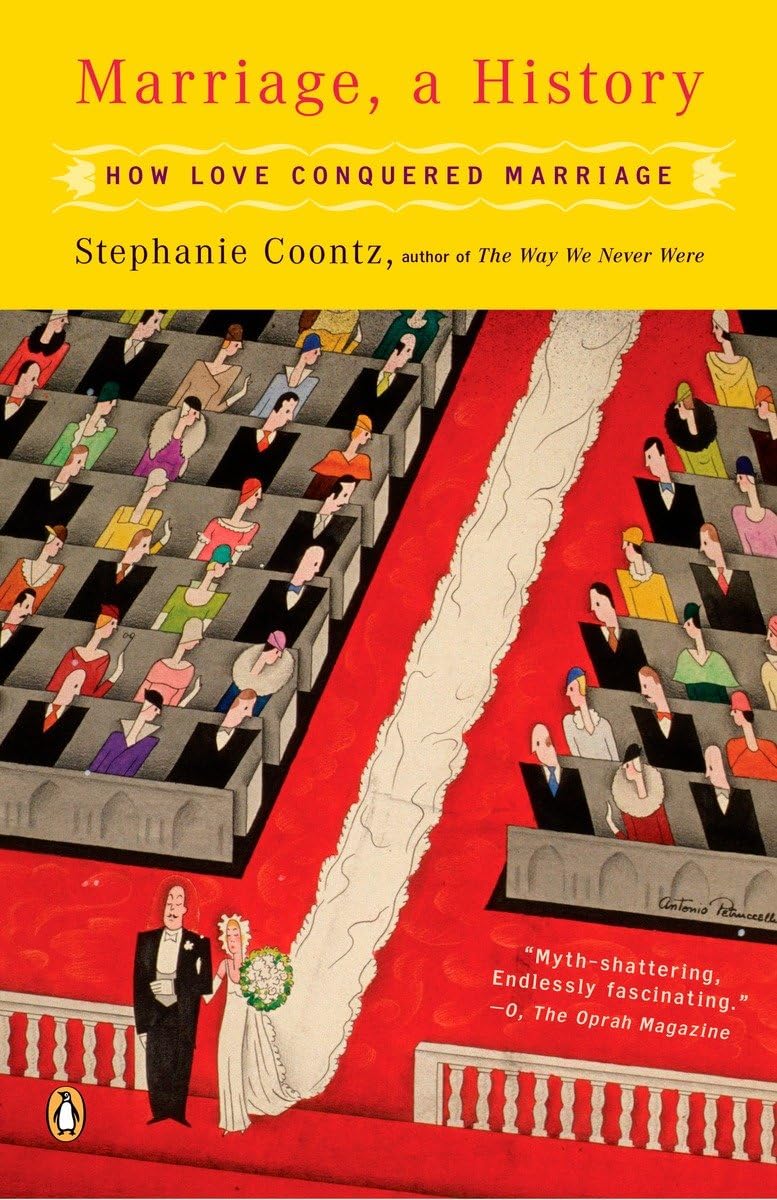
Marriage, a History: How Love Conquered Marriage by Stephanie Coontz (2005)
A sociological overview tracing marriage from a practical institution to one defined predominantly by romantic partnership.
Spanning centuries and cultures, Coontz shows how economic and familial alliances gradually gave way to love-based unions. By the 19th and 20th centuries, romance had become central, paving the way for today’s Valentine’s celebrations that honor “true love” within marriage.
Why It Matters: Recognizing that love-driven marriage is a recent invention reframes the Valentine’s hype surrounding couples—there was a time when marrying for love was seen as a risky venture.
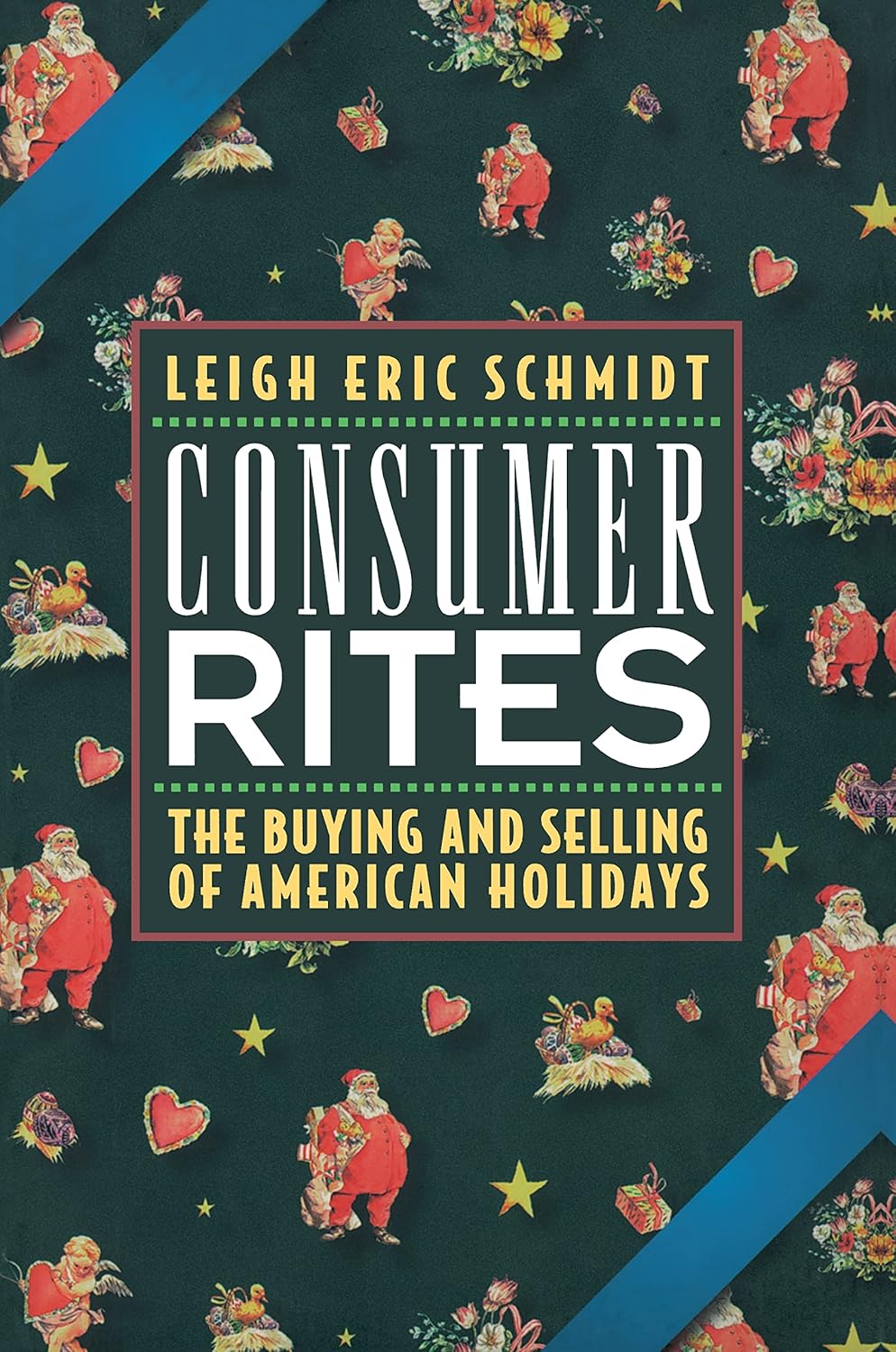
Consumer Rites: The Buying & Selling of American Holidays by Leigh Eric Schmidt (1995)
A historical and sociological account of how several American holidays (including Valentine’s Day) became retail-driven spectacles.
Schmidt illuminates the corporate forces—especially greeting-card companies and department stores—that transformed personal festivities into grand commercial operations. As Valentine’s Day grew into a retail juggernaut, gift-giving came to be viewed less as an option and more as an expectation.
Why It Matters: If you feel compelled to buy flowers or candy each February 14 (like me), this book clarifies how such behaviors were actively shaped by marketing and industry. I hope my wife reads this.
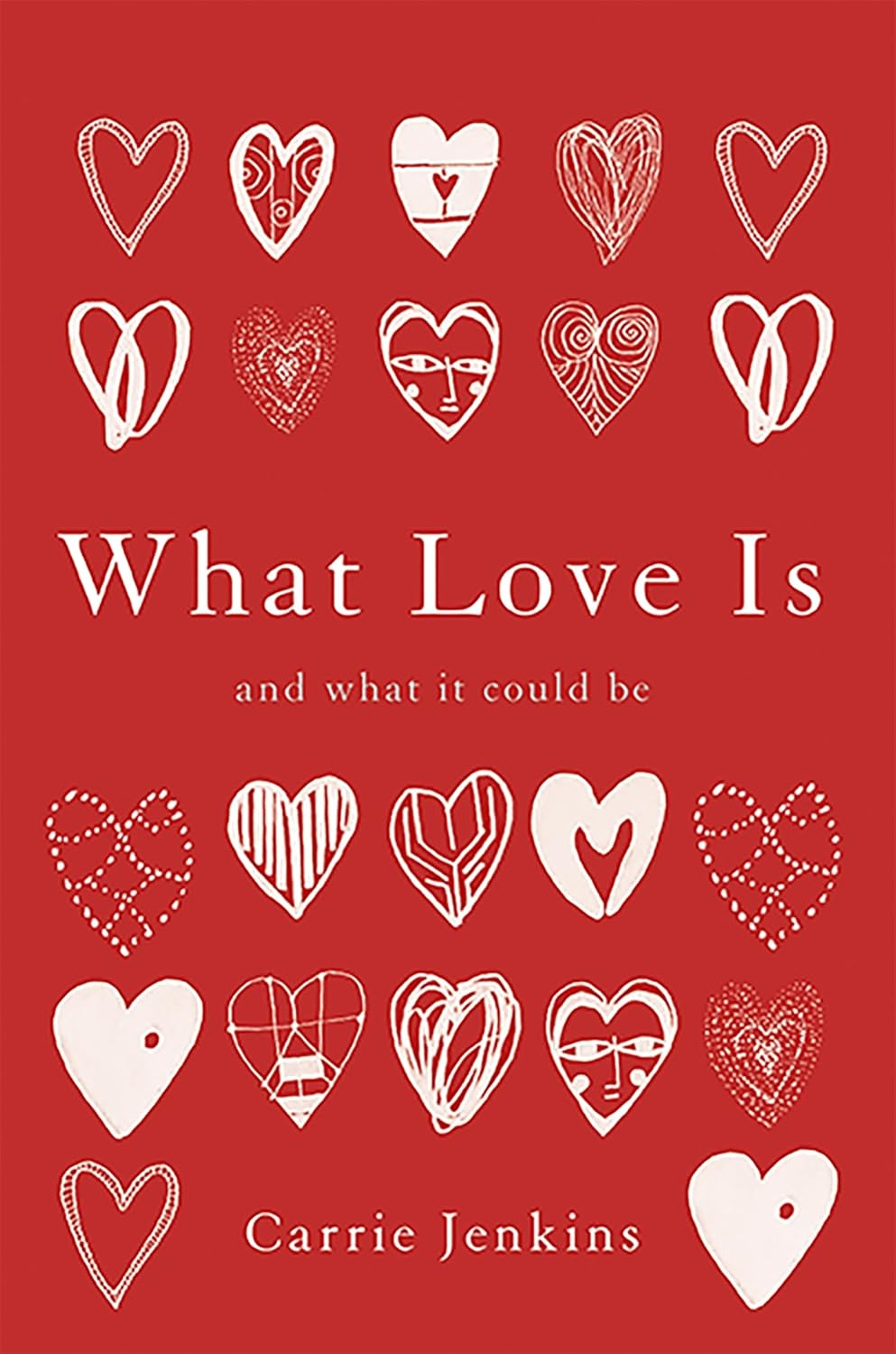
What Love Is: And What It Could Be by Carrie Jenkins (2017)
A modern philosophical investigation that blends science, cultural commentary, and personal anecdotes to redefine what love is—and could evolve into.
Jenkins dissects how biology and social structures both influence our notions of love, while also examining polyamory and the impact of technology on relationships. Her work questions monogamy as the default, envisioning broader, more flexible ways to practice intimacy.
Why It Matters: Valentine’s Day typically spotlights a monogamous, heteronormative ideal. Jenkins’s perspective encourages us to consider alternative forms of romantic expression, reflecting shifting social attitudes.
Special Mention

Art of Love-Making by Anonymous (1894)
I stumbled upon this on Project Gutenberg and found it surprisingly amusing—short, free, and the perfect palate cleanser between more serious texts!
Conclusion
Beyond Valentine’s Day’s explosion of pink hearts and chocolate boxes, these six books show us that love—across cultures and eras—is anything but simple or static. From medieval codes of chivalry (Capellanus) to modern philosophical queries (Jenkins), the holiday reflects centuries of evolving ideals about romance, commitment, and social rituals.
These works provide a richer, more nuanced context for understanding why we exchange tokens of affection each year—and how commercial, cultural, and intellectual forces have shaped what “love” means today. I hope that this is an interesting list to that make us revisit the deeper history, culture and traditions that have paved way to our present-day Valentine’s customs.

